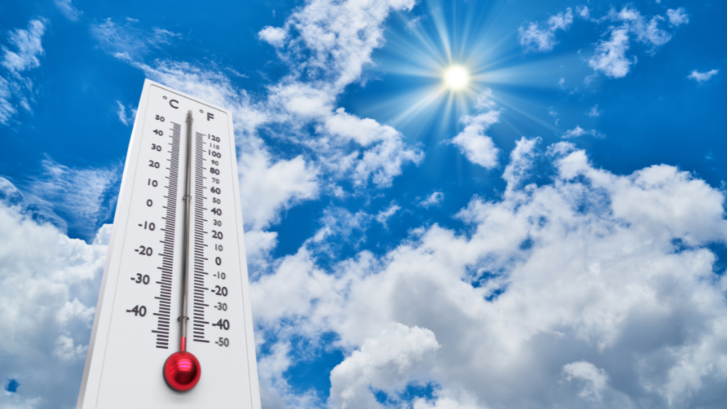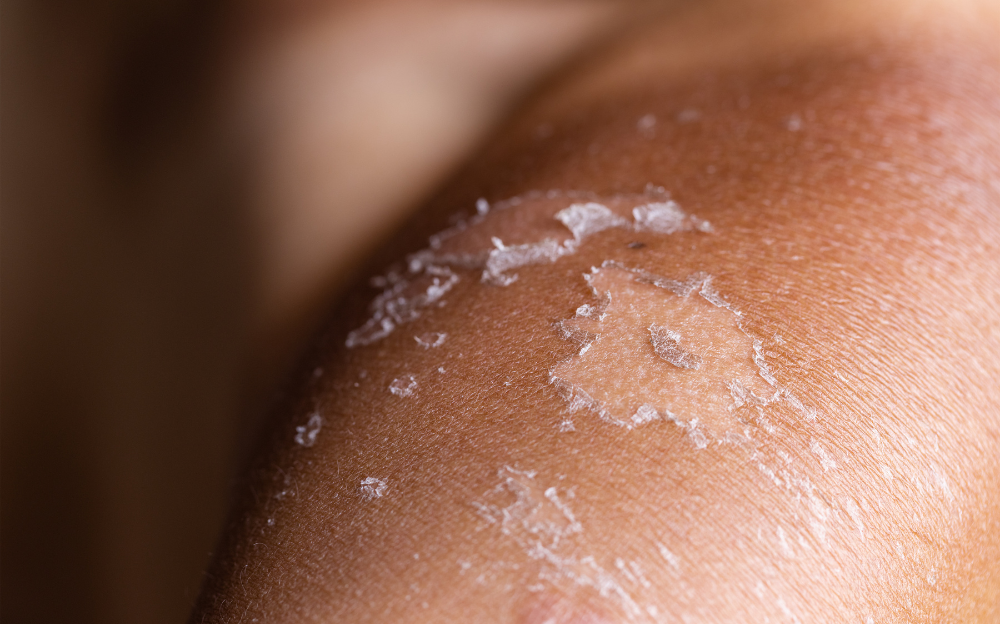Burn, Baby, Burn: The Best of the Baddest Burns to Ruin Summer
The Fourth of July may be over, but some things just don’t lose their fizzle.
The summer is synonymous with hitting the beach with friends, riding an ATV in the dunes of the desert, or going for a hike through a beautiful hillside. Summer is here, and with the latest heat wave rocking the airwaves of television, newscasts, and podcasts alike, roasting can be as easy as a campfire s’more under the stars or suffering a gnarly sunburn. Depending on your adventurous spirit, or inability to avoid the scorching heat, things like burns are just a natural part of the summer. But can they truly be avoided?
What is a burn?
A burn is the process by which the skin comes into contact with chemicals, sunlight, radiation, heat, or electricity. Friction burns – such as from car collisions, or any high speed collision with a rough surface, hot oil, water, steam, or an accidental spill of cleaning chemicals, can be extremely painful, and may require a trip to a medical provider. There are three classifications of burns that medical providers determine based on the damage to the impacted area.
First Degree Burn: When only the outer layer, or the epidermis, of the skin has been affected. Usually mild, the skin will turn red but not blister.
Second Degree Burn: Like first degree burns, the epidermis will be injured as well as the second layer, or the dermis, and the skin will be red and blistered.
Third Degree Burn: Significant damage to the injured area and reaches through both the epidermis, dermis, and the fat layer. Any skin remaining may appear leathery, dry, discolored, and the area will be painless.
How do you treat a burn?
A first degree burn should be chilled under cold water for up to 20 minutes. Over-the-counter pain medications can also be helpful for swelling and pain.
A second degree burn should have water, or even better, aloe vera (such as for a sunburn) or an ointment applied to soothe any unpleasant sensations. A medical practitioner may be able to apply silver sulfadiazine to prevent infection. However, as with any home treatments, be cautious of allergic reactions, such as to aloe vera.
Third degree burns may require medical provider assistance, and should be evaluated as soon as possible to prevent infection. Some treatment for the injured area may include skin grafts. Elevate the injured area if possible.
When to see a doctor:
- If the burns do not improve despite being treated.
- If the skin is dry or leathery.
- If the skin is charred, with patches of white, brown, or dark colors.
- If the skin begins to swelling rapidly.
If you’re experiencing a burn, don’t wait to seek treatment. The team at Healthpointe is highly skilled and experienced in evaluating your specific injuries. You can schedule an appointment with us by filling out this form on our website. We also now offer texting services! Give us a call or text to schedule an appointment today at (714) 367-5390.
About Healthpointe:
Healthpointe is a leading multidisciplinary healthcare organization. We offer a full range of medical services in practice locations throughout Southern California. We have locations in over ten cities in Los Angeles County, Orange County, San Bernardino County, and Riverside County. Leading our organization is a dynamic team of healthcare professionals who continually strive to be at the forefront of medical innovation and healthcare service delivery. For more information, a complete list of services, and Healthpointe locations, visit Healthpointe.net.


